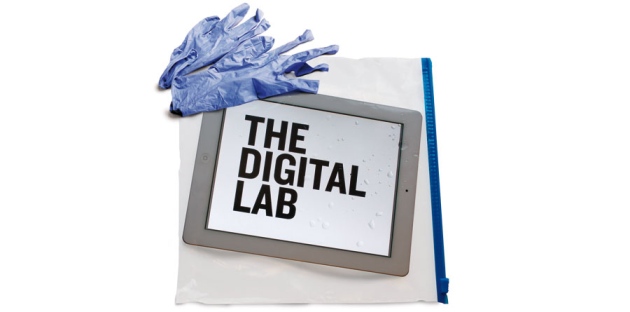
ANNTHEA LEWIS; SHUTTERSTOCK
The basement room in the James H. Clark Center contains all the trappings of a modern imaging laboratory. An X-ray scanner hums away in a corner. A miniature magnetic resonance imaging (MRI) machine, designed to scan the brains of mice, sits nearby. It's the kind of set-up that researchers at well-funded institutions such as Stanford University in California, the centre's home, have come to expect.
One piece of equipment, however, is conspicuous by its absence: the humble paper notebook. Michelle James uses her iPad to jot down notes, check protocols and monitor the progress of her experiments on techniques for the early detection of Alzheimer's disease. Since she first brought the device into the lab around four months ago, it has essentially replaced her former hardback notebook. “Paper has nothing to offer me,” declares James.




